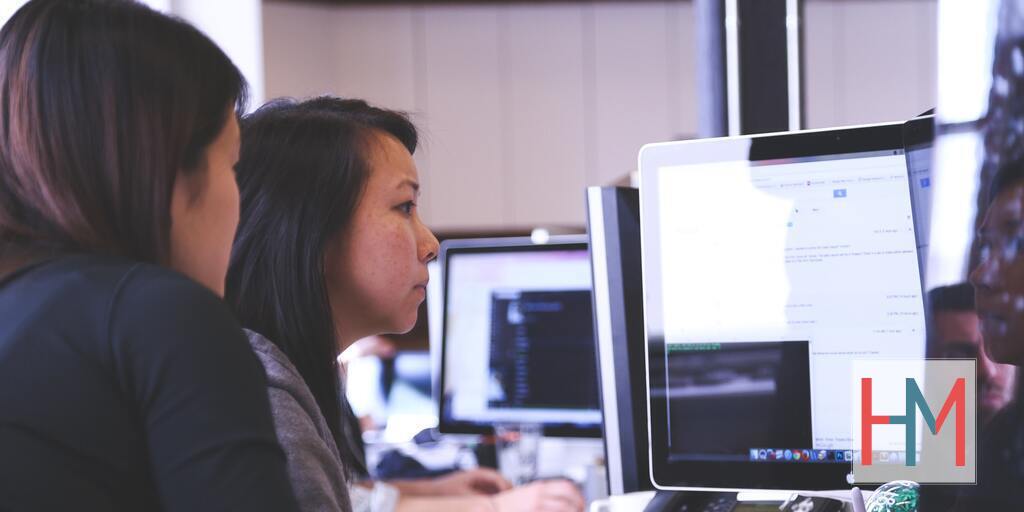Tutorials
Thoughts, tutorials, and insights on technology and life.
Create a Flappy Bird Clone With Golang P3
I hope that by trying removals and changing parameters, you have figured out what these lines of code do:
op := &ebiten.DrawImageOptions{}
op.GeoM.Translate(-float64(frameWidth)/2, -float64( …Create a Flappy Bird Clone With Golang P2
Last time, we stopped at mentioning that there are three functions needed for the game loop: Update(), Draw() and …
Create a Flappy Bird Clone With Golang P1
This weekend I decided to start another tutorial series in this blog, as I did learn a lot during making the last one. …
ReadCreate a Flappy Bird Clone With Python P9
This is one part of a multi-part tutorial. To see other posts in the same series, please click below:
ReadCreate a Flappy Bird Clone With Python P8
This is one part of a multi-part tutorial. To see other posts in the same series, please click below:
ReadCreate a Flappy Bird Clone With Python P7
This is one part of a multi-part tutorial. To see other posts in the same series, please click below:
ReadCreate a Flappy Bird Clone With Python P6
This is one part of a multi-part tutorial. To see other posts in the same series, please click below:
ReadCreate a Flappy Bird Clone With Python P5
This is one part of a multi-part tutorial. To see other posts in the same series, please click below:
ReadCreate a Flappy Bird Clone With Python P4
This is one part of a multi-part tutorial. To see other posts in the same series, please click below:
ReadCreate a Flappy Bird Clone With Python P3
This is one part of a multi-part tutorial. To see other posts in the same series, please click below:
ReadCreate a Flappy Bird Clone With Python P2
This is one part of a multi-part tutorial. To see other posts in the same series, please click below:
ReadCreate a Flappy Bird clone with Python P1
This is one part of a multi-part tutorial. To see other posts in the same series, please click below:
ReadHow to Learn Coding P3
This is one part of a multi-part post. To see other posts in the same series, please click below: Part 1 Part 2 Part …
ReadHow to Learn Coding P2
This is one part of a multi-part post. To see other posts in the same series, please click below: Part 1 Part 2 Part …
ReadHow to Learn Coding P1
A buddy of mine from college just started learning programming in Python, and he told me that it was “very …
Read





